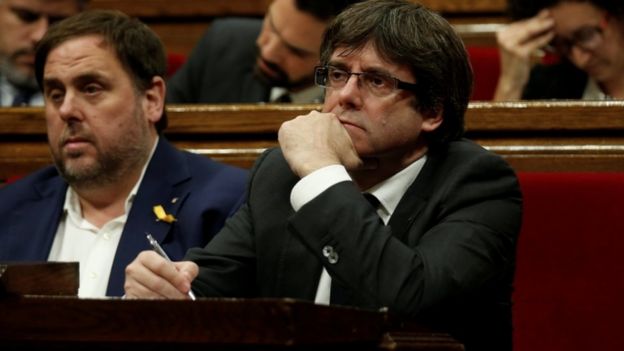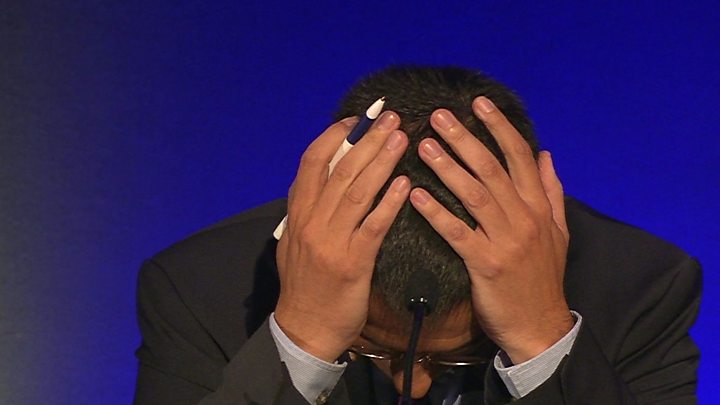Malloreddus is not a malady. It just sounds like one. This I learned when I was perusing the menu of
Arco Café, located on Manhattan’s Upper West Side. Soon enough, the affable Daniel Fiori, co-owner of the Sardinian restaurant, was sitting at my table explaining to me just what malloreddus is.
“It’s our national dish,” he said, if by ‘national’ he means Sardinia, and if that Italian island were an autonomous nation.
It’s our national dish
This dumpling-like pasta is ubiquitous in Sardinia, Fiori told me. “We make it with a breadbasket.” I cocked my head like a confused dog and Fiori went back in the kitchen, returning with a small wicker breadbasket and a fistful of dough. Rolling a small piece of dough to a string-like shape, he then flattened it out and curled the two sides together to create a dumpling. Then he rolled it down the back of the basket and showed it to me in the palm of his hand: the once-smooth dumpling now had grooves in it.
“The grooves capture the pasta sauce,” he said.
A few minutes later, I had a bowl of the malloreddus in front of me, slathered in a ragu of tomatoes, sausage and saffron. This is Sardinia’s most traditional dish: malloreddus alla Campidanese, a pasta dish named for Campidano, the fertile plain in the island’s south-west. “There are different types of pasta all over Italy, but this dish is unique. It’s 100% Sardinian.”
And he’s right: how many Italian dishes are laced with saffron? The spice, some food historians believe, was brought to Sardinia by the Phoenicians who arrived on the island from the Middle East a couple of millennia ago, revealing just how unique Sardinia and its cuisine is.
Mention Sardinia to any mainland-dwelling Italian, and they’ll swoon the second the name leaves your lips. To say that Sardinia has captured the imagination of Italians from the tip to the top of the boot would almost be an understatement. And just from a few bites of malloreddus alla Campidanese – the unctuous sausage, the chewy pasta, the tangy tomatoes and the hint of saffron poking through on my palate – it’s easy to see why. By the time I walked out of Arco Café, I decided I had to try the dish in its native land.
After a little research, I discovered that all is not well in Sardinia in terms of its malloreddus production. Specifically, the state of Sardinia’s wheat. Italy has always relied on Sardinia for its high-quality durum wheat (from which malloreddus is made). In fact, the island – particularly Campideno – is utterly fertile, its wheat fields considered to be golden by generations of Sardinians and the empires that have swept through the island. The fields are so prized, in fact, that they’re one of the reasons the island has been occupied by foreign invaders through the centuries. The Carthaginians, for example, had a rule that ensured the wheat fields stayed in full sunlight by threatening to kill anyone who planted a single tree. A few centuries later, the Romans exploited the land and imported its goods throughout the empire: the island wasn’t called ‘Rome's granary’ for nothing. From the 3rd to the 1st Century BC, the Campidano's seven people per square kilometre produced half of all the grain that was used to feed the Roman army.
The Campidano's seven people per square kilometre produced half of all the grain that was used to feed the Roman army
So, herein lies the problem: durum wheat production is dwindling. In the early 2000s, Sardinians cultivated 90,000 hectares of it. Now there’s less than 35,000. Farmers on the island still feel like they're being exploited by Rome, as the government subsidies they receive are scant compared to farmers on the mainland. In November, a union of grain farmers in the Campidano and neighbouring region launched
La Banca Etica dei Cereali, an organisation that demands no ‘foreign’ (read: mainland Italian) grain be used in the production of anything being labelled as Sardinian.
Is Sardinia’s most traditional dish under threat? I had to find out.
A few weeks later, I was standing in front of Michele Bacciu, executive chef at
Cala di Volpe, inside a hotel of the same name, on Sardinia’s Costa Smerelda. He had agreed to show me how the dish is made. He rolled the balled-up pieces of dough down a
ciurili, a rectangular board vertically beset with ridges and grooves (thus creating the shallow lines in the pasta), and explained the importance of malloreddus alla Campidanese to Sardinia. “It’s all Sardinia,” he said. “The tomatoes and wheat are grown here. The sausage is made here. And the saffron comes from here, too.”
He held out his hand, much like Fiori did back in New York, to show me the just-rolled malloreddus, looking not unlike a butterworm. Then he placed the small mound of malloreddus in a pot filled with bubbling, saffron-spiked tomato ragu. “The problem,” Bacciu continued, “is that the wheat we produce – not to mention the pecorino cheese we make here, too – big corporations from the mainland want to come and pay our farmers a low price for it, and ours is the highest quality.” He stopped and looked off into the distance. “We should keep our great products for us, for Sardinia!”
Depending on who you ask, the name ‘malloreddus’ either comes from the local word malloru, which means ‘bull’ because the finished pasta looks like a small bovine, or from the Latin word mallolus, meaning 'morsel'. It’s unclear when malloreddus all Campidanese first appeared, but in many ways it makes sense that the island’s most popular dish is a hearty pasta made of beef (or lamb) and not seafood: because constant fear of invasion, Sardinia’s population retreated inland, turning its back on the sea, leaving the coasts largely unspoiled. Instead, farmers and shepherds cultivated their wheat fields and herds of lambs and cows far inland, thus developing a cuisine that largely relied on meat and not fish. Hence, a meaty ragu and a unique pasta shape became the most traditional dish of Sardinia. There are other Sardinian dishes that incorporate this pasta shape: for example, in the northwest of the island, populated by descendants of Catalonia, malloreddus ends up in a paella-like dish. But the ragu-topped version is the most popular.
A few days later, I met up with my friend and fellow BBC contributor
Eliot Stein. Having lived on Sardinia for two years and written a couple of guidebooks on the island (plus countless travel articles), he’s nearly an honorary local. “Not only is it smart for the local farmers to want their ingredients for themselves, but it reflects a recent trend of Sardinians proudly embracing their
Sarditá – their Sardinian identity,” Stein said as we dug into bowls of malloreddus at
Il Pescatore restaurant in the small town of Cervo. “You have to understand that the island has been invaded and mistreated by most everyone who has ever sailed through the Mediterranean. And even today, many Sardinians feel like they're not receiving adequate subsidies from their latest landlords: Italians.”
Stein, who was on the island for an assignment, said of Malloreddus: “It just tastes like Sardinia to me. It's a hearty, rugged dish whose beauty lies in its simplicity. Every ingredient tells a story of the island's history. It's as Sardinian as
nuraghi,
mamuthones and
canto a tenore. It's the one thing people from all corners of this amazing island will agree on.”
And with that, we sat in silence for a few minutes, savouring the last few bites of our malloreddus alla Campidanese, the tomatoes, lamb sausage and saffron lurking in the grooves of the pasta, conspiring to create a taste explosion with each bite. I took a sip of wine hoping that next time I’m back in Sardinia there will still be plenty of malloreddus to eat.
 REUTERS
REUTERS REUTERS
REUTERS EPA
EPA






